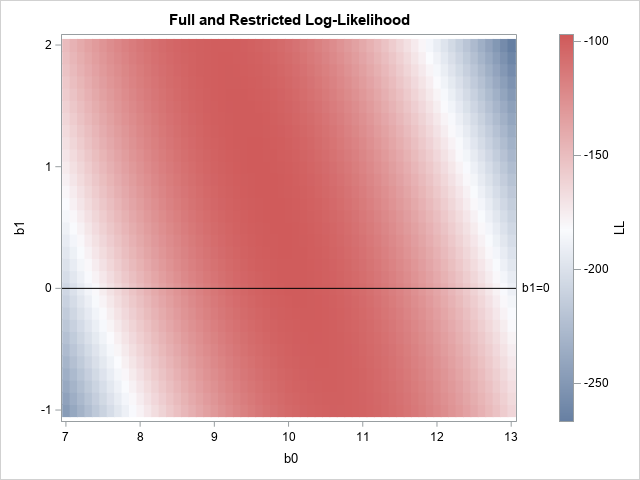I am passionate about teaching. My colleagues would probably say this is the understatement of the year. And it likely has something to do with the fact that both of my parents were teachers.
I started my teaching career at the university level and after many years an unexpected opportunity came knocking on my door.
A position opened up in SAS’s Education division. Mainly in an attempt to see what color the grass was on the other side of the fence, I decided to apply for the teaching position at SAS.
It was a hybrid position between academia and a normal corporate job. Certainly teaching was a primary duty in the position, but so was gaining knowledge and expanding one’s areas of application; essentially, professional development was a critical component of the job along with teaching. Given the travel required in the job and that some of the teaching is done over the internet (what we call LiveWeb), it seemed that no two days would be alike. This is what I enjoyed about academia and what I love about my current job.
My students here at SAS are motivated by different reasons than my former university students. SAS students NEED to learn the topics I teach because they need to apply those very skills, the following week when they return to their office. Professional students are motivated, eager to learn, and, in a positive way, can be challenging to teach. I may cover a course in three days, but I might answer student questions for months after the course has completed. Being an instructor makes me a part-time consultant where I often work one-on-one with a customer on their specific needs.
The process my team uses for “course pick-up” shows that the commitment we have to teaching matches the commitment our students have to learning. Here’s how the teaching process works here at SAS. When assigned a new course to pick up (teach), I am assigned a mentor (an experienced instructor of the course) and I observe the course from the student perspective. After sitting through the course, I spend time learning the course material. This takes place independently as well as with help from the mentor. In the next step of the process, I give practice teaches to experienced instructors of the course. If the experienced instructors do not feel I am ready for students, more practice and mentoring is done. The next step is a series of team teaches with experienced instructors. These are real courses in front of students. The final step in the process is a two-way check. Do I feel ready to teach the course solo? Do the experienced instructors of the course feel I am ready to teach solo? If the answer to either question is “No,” then more practicing and mentoring takes place. For someone like myself who puts so much value into quality teaching this truly is a rigorous and impressive process!
I thought I had the best job in the world as a university professor until I came to be a trainer at SAS. I am a teacher. I am an educator. But I no longer have to grade papers!
Editor’s Note: If you’ve ever taken a SAS training course, you’ve probably experienced the same level of enthusiasm and dedication described by Jeff. We hope Jeff’s story shares just how valuable it is to take SAS training from “the people who know it best.” Do you have a story you’d like to share about a fantastic SAS training experience?





1 Comment
As someone who went from university to large corporation, back to a university and then to running a small business in my career, I kind of expected this post to be about some of the differences in culture. At least at the universities where I have worked, people have this "sense of infinite time", as one of my colleagues put it. When I went back to the university after many years away, and when a project was behind schedule, my department head said, "We'll just move the due date", I thought "Wow! You can really do that?"
It sounds as if SAS works more like a university than most companies. As I'm sure you know, there is both good and bad to that.